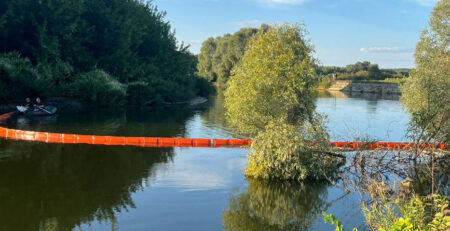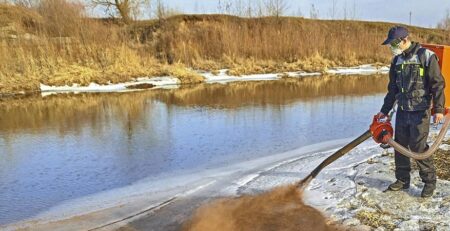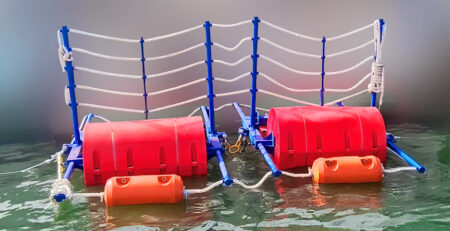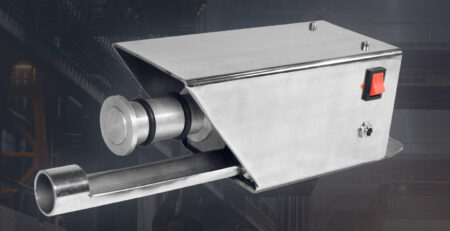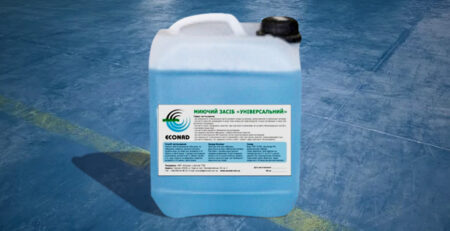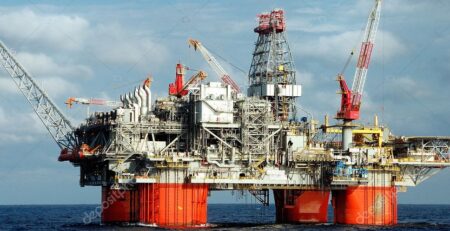Oil booms: an indispensable tool for environmental protection
Oil spills pose a serious threat to aquatic ecosystems, so effective means of containment are essential. Oil booms are floating barriers designed to contain the spread of oil on the water surface, facilitating rapid collection and minimizing environmental damage.
Types of oil booms
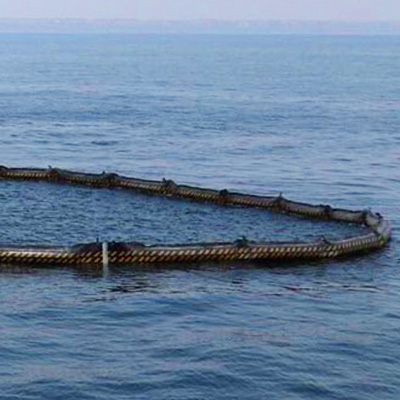
- Permanent buoyancy booms: Composed of integrated polyurethane foam floats, lightweight and quick to deploy, suitable for calm waters such as harbors and lakes. They are a cost-effective solution for a variety of environments.
- Inflatable booms: Designed for rapid deployment, they are ideal for emergency response. They can be used in coastal areas, rivers and lakes and are known for their high buoyancy and ability to follow waves.
- Flat booms: They have a flat float design and are used for rapid containment of oil spills in port waters, reservoirs, bays, rivers and the open sea. They are durable, require minimal maintenance and are effective in environments where rapid response is required.
- Sorbent booms: Designed to collect, contain and relocate oil slicks on hard and water surfaces. They are particularly useful for small spills and can be used both on water and on land.
Application
- Emergency spill response: In the event of an oil spill, booms are deployed to limit the spread of oil, facilitating oil recovery and minimizing environmental damage.
- Permanent installations: In areas at high risk of spills, such as oil terminals and ports, booms can be permanently or permanently installed to provide continuous protection.
- Protecting sensitive areas: Booms are used to protect environmentally sensitive areas including coasts, harbors, rivers and nature reserves, preventing oil from entering these environments.
Advantages of using oil booms
- Environmental protection: By containing oil spills, booms help protect aquatic ecosystems from pollution.
- Cost-effective: Rapid containment of spills reduces overall clean-up costs and minimizes economic losses associated with environmental damage.
- Versatility: A variety of boom designs allows you to choose the best option for different water conditions, from calm harbors to the open sea.
Conclusion
Oil booms are an indispensable tool in the fight against oil spills, providing effective control and reducing environmental risks. The selection of the appropriate type of boom depends on the specific conditions, ensuring optimal protection of water bodies from oil pollution. For more information on oil booms and their application, visit econadin.com


